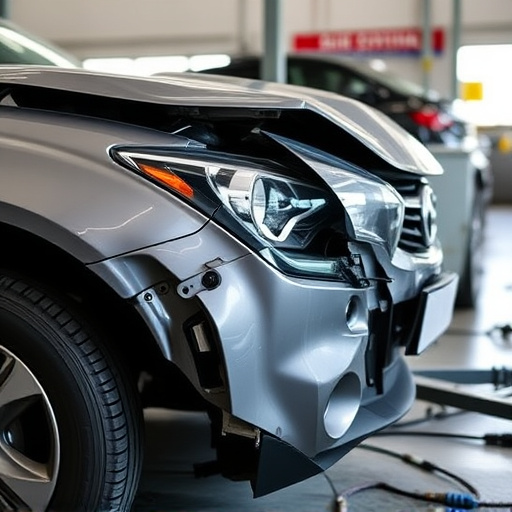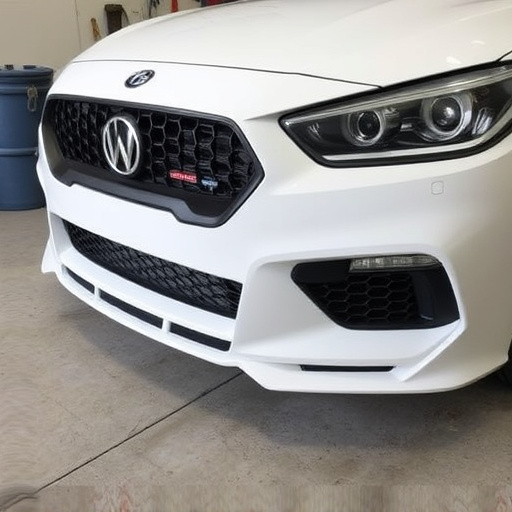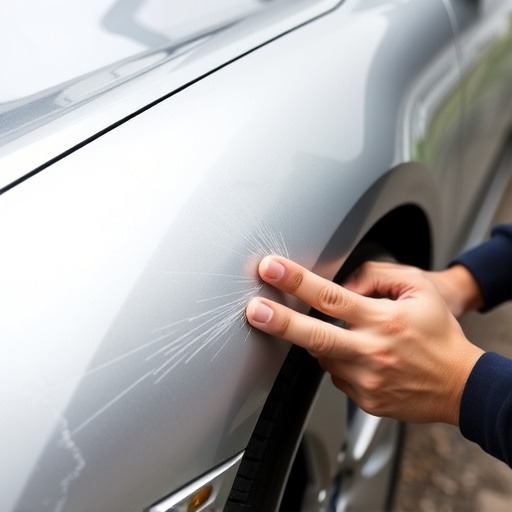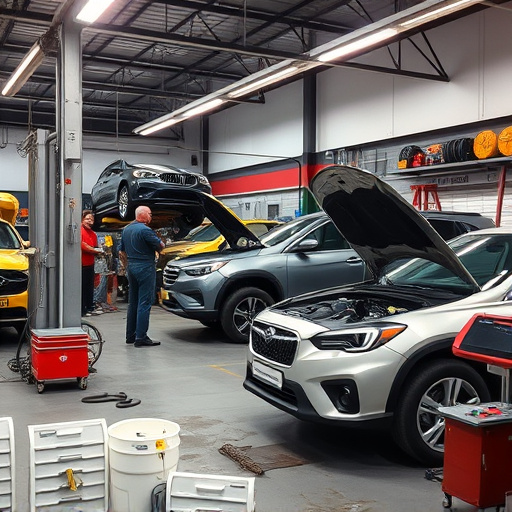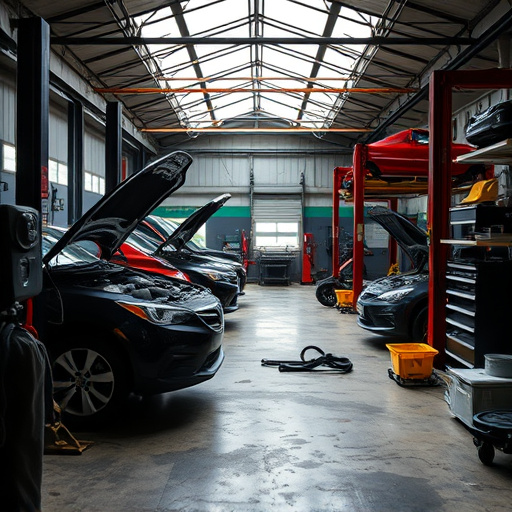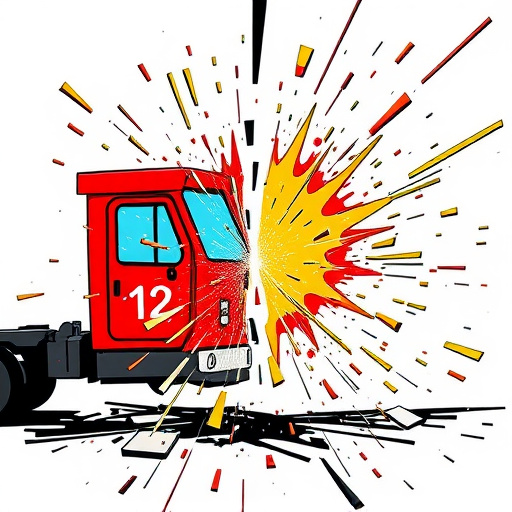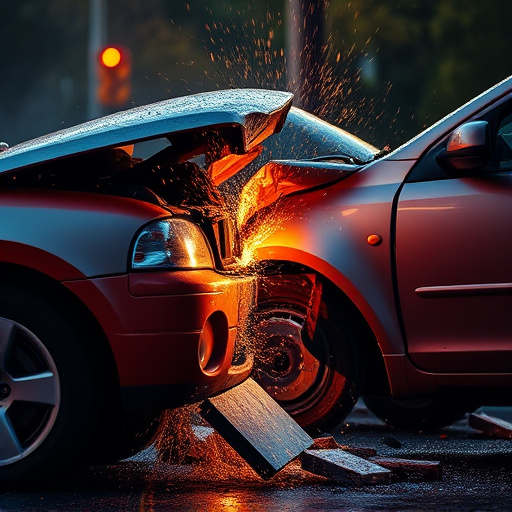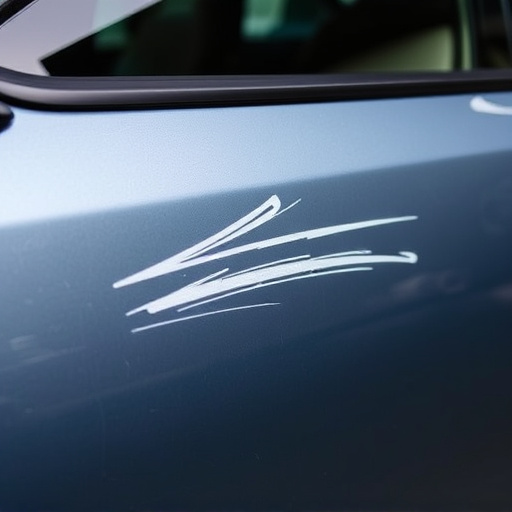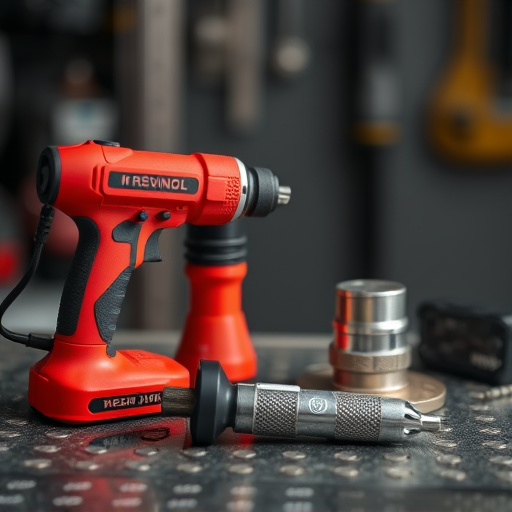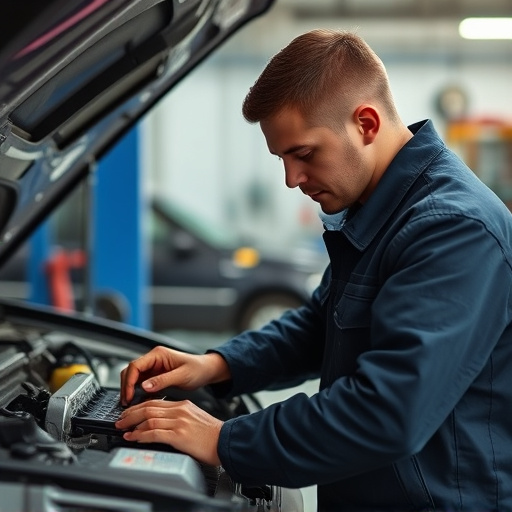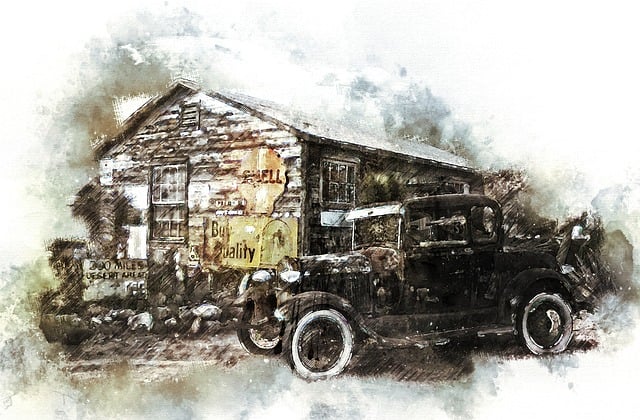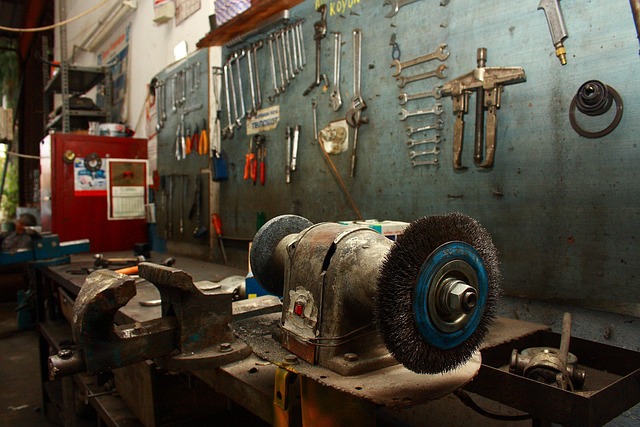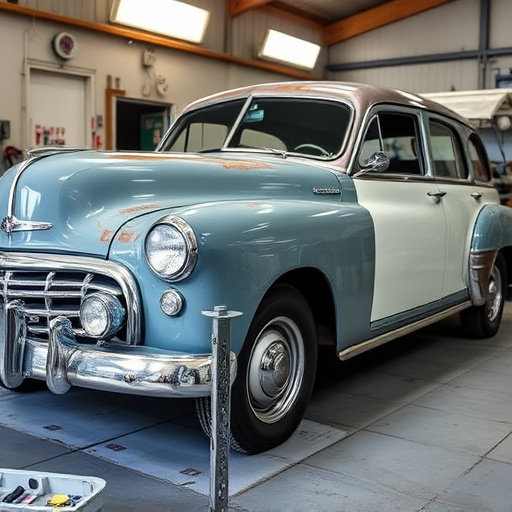Identifying and addressing critical structural damage through meticulous inspections is vital for both vehicle and property safety. Skilled technicians use advanced tools to assess key components like frames, columns, and roof rails in vehicles, ensuring handling, crash protection, and long-term stability. For properties, assessing structural integrity involves identifying weakened beams, cracked foundations, and compromised load-bearing walls, with restoration strategies including reinforcement, replacement, or repair to prevent future deterioration and costly repairs. Conducting a cost-benefit analysis for both vehicle and property structural integrity restoration helps balance financial implications with long-term gains, prioritizing safety and preventing financial burdens.
In today’s digital era, prioritizing structural integrity restoration is paramount for any property owner. This article guides you through crucial steps to identify critical structural damage, assess long-term stability risks, and perform a cost-benefit analysis for restoration. By delving into these key aspects, you’ll be equipped to make informed decisions, ensuring the safety and value of your space for years to come. Discover how to navigate the process effectively, prioritizing structural integrity restoration when it matters most.
- Identifying Critical Structural Damage
- Assessing Long-Term Stability Risks
- Cost-Benefit Analysis for Restoration
Identifying Critical Structural Damage
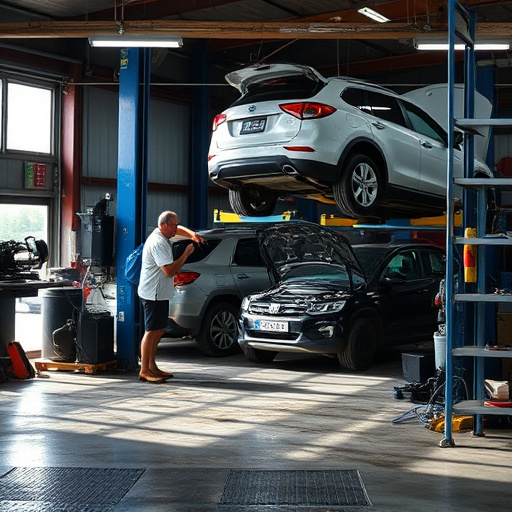
When evaluating a vehicle for structural integrity restoration, identifying critical structural damage is paramount. This involves a meticulous inspection of key components such as frames, columns, and roof rails. Signs of significant deformation, cracks, or misalignments indicate areas that require immediate attention during car damage repair. Technicians skilled in vehicle collision repair will use advanced diagnostic tools to pinpoint these issues, ensuring an accurate assessment for effective structural integrity restoration.
In the context of vehicle repair, focusing on structural integrity is more than just cosmetic considerations; it’s about ensuring safety and reliability. Ignoring critical structural damage can lead to compromised handling, reduced crash protection, and even increased risk during future accidents. Prompt recognition and remediation through professional vehicle collision repair services are essential steps in maintaining a safe driving experience, making structural integrity restoration a non-negotiable aspect of comprehensive car care.
Assessing Long-Term Stability Risks
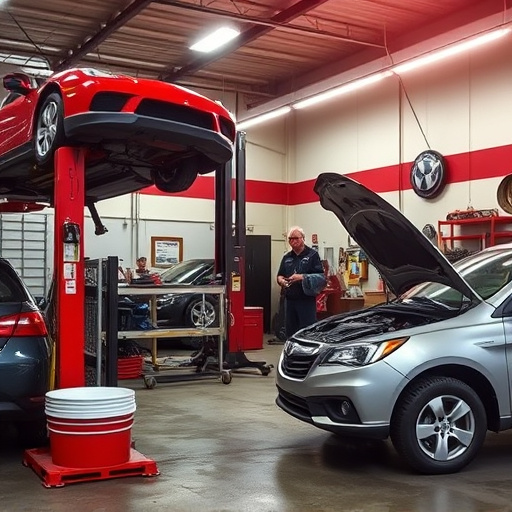
When considering structural integrity restoration repairs, assessing long-term stability risks is a crucial step. This involves evaluating the overall condition of a building or structure to identify potential hazards that could compromise its safety and durability over time. Professionals in collision repair services often perform thorough inspections to detect any signs of significant structural damage, such as weakened beams, cracked foundations, or compromised load-bearing walls. These issues might have arisen due to past collisions, accidents, or natural disasters, and their impact on the building’s stability must be addressed promptly.
By assessing these risks, a collision repair shop can recommend appropriate restoration strategies. This could include reinforcing structural elements, replacing damaged components, or conducting collision damage repair to ensure the building maintains its integrity and remains safe for occupancy. Such proactive measures prevent further deterioration and costly repairs in the future, ensuring that the structure can withstand potential challenges and maintain its long-term stability.
Cost-Benefit Analysis for Restoration
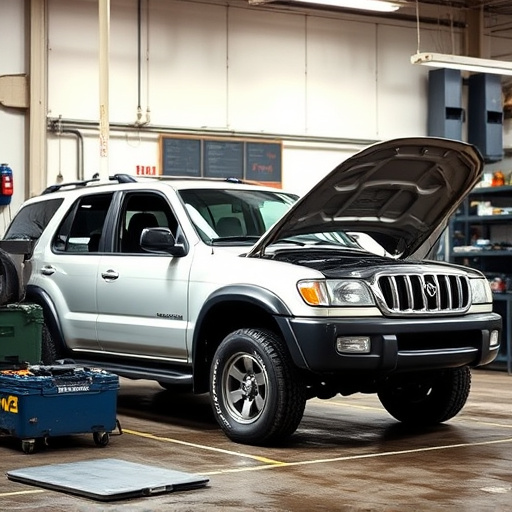
When considering structural integrity restoration for your property or vehicle, conducting a thorough cost-benefit analysis is paramount. This involves evaluating both the financial implications and the long-term gains associated with repairing rather than replacing damaged structures. It’s akin to balancing the books, examining if the investment in restoration pays off over time. A key factor here is understanding that structural integrity isn’t just about aesthetics; it’s foundational for safety, especially in extreme weather conditions or natural disasters.
Performing a cost-benefit analysis includes assessing the scope of repairs, estimating restoration costs, and comparing these to potential future savings from enhanced structural stability. For example, in the case of an old car with significant body damage, a repair shop offering comprehensive services can effectively address dents and cracks, ensuring the vehicle maintains its structural integrity without the hefty price tag of a replacement. Similarly, for property owners, investing in structural restoration could prevent more costly repairs down the line due to compromised strength or stability. Thus, considering both auto maintenance and body shop services as part of your cost-benefit analysis can help you decide when it’s time to prioritize structural integrity restoration.
When deciding whether to prioritize structural integrity restoration repairs, it’s crucial to consider both immediate critical damage and long-term stability risks. By performing a thorough assessment and cost-benefit analysis, homeowners can make informed decisions that ensure the safety and value of their properties. Investing in structural integrity restoration is often a game-changer for maintaining a safe living environment and preserving property value over time.
